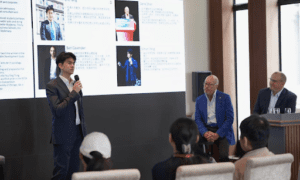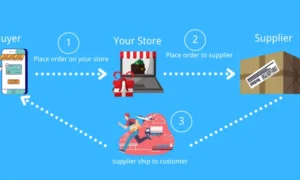Introduction The unveiling of Sora AI by OpenAI marks a significant milestone in the evolution of artificial intelligence technologies. Moving beyond text and image generation, Sora AI introduces the capability to create videos from textual prompts, heralding a new era in content creation. This breakthrough represents a leap forward in AI technology and a gateway to endless possibilities in video production, content creation, and digital storytelling.
Understanding Sora AI
As described by TechTipsWithTea.com, Sora AI is OpenAI’s first model capable of generating up to a minute-long video from a simple text prompt. This advancement is a leap forward in AI technology and a gateway to endless possibilities in video production, content creation, and digital storytelling. Unlike its predecessors, which focused on text or static images, Sora AI synthesizes visual and temporal elements to produce dynamic, engaging videos. This capability opens new avenues for creators, educators, and marketers, offering a tool to transform abstract ideas into visual narratives.
How Sora AI Works
Sora AI operates on a transformer architecture at its core, utilizing spacetime patches of video and image latent codes. This innovative approach allows for generating videos with high adherence to the user’s prompt, maintaining quality across lighting, skin tone, textures, and real-world physics. The technology behind Sora AI is a testament to OpenAI’s commitment to advancing AI capabilities. By leveraging text-conditional diffusion models trained on diverse datasets, Sora AI can interpret textual prompts and generate corresponding videos that capture the essence of the input with remarkable accuracy.
Potential and Limitations
The potential applications of Sora AI are vast and varied. The possibilities are boundless, from creating high-resolution videos for marketing campaigns to animating educational content and simulating virtual environments. However, like any emerging technology, Sora AI faces its share of limitations. Currently, the model can generate videos up to a minute in length, needs more sound integration, and struggles with certain aspects of physical realism. Despite these challenges, the ongoing development and refinement of Sora AI promise to overcome these hurdles, expanding its utility and effectiveness.
Ethical Considerations
As we embrace the capabilities of Sora AI, it’s crucial to consider the ethical implications of AI-generated content. The potential for misuse in creating misleading or harmful content necessitates the development of robust ethical guidelines and content moderation tools. OpenAI’s commitment to safety and responsible AI use is evident in its cautious approach to Sora AI’s rollout, emphasizing the importance of aligning AI advancements with societal values and norms.
The Future of Video Content
Creation Looking ahead, the impact of Sora AI on the video content creation landscape is poised to be transformative. As the technology matures, we can anticipate more sophisticated video generation capabilities, including enhanced realism, sound integration, and more extended video outputs. The democratization of video production, enabled by Sora AI, can unleash a new wave of creativity and innovation, making high-quality video content accessible to a broader range of creators.
Conclusion
Sora AI represents a significant step towards more advanced AI technologies. As it evolves, we can anticipate a transformation in how videos are produced, offering new tools for creators and altering the landscape of digital media. The journey of Sora AI, from its current capabilities to its future potential, reflects the dynamic nature of AI development and its profound impact on creative expression. As we stand on the brink of this new era, the possibilities for what can be achieved with Sora AI are as limitless as our imagination.
































